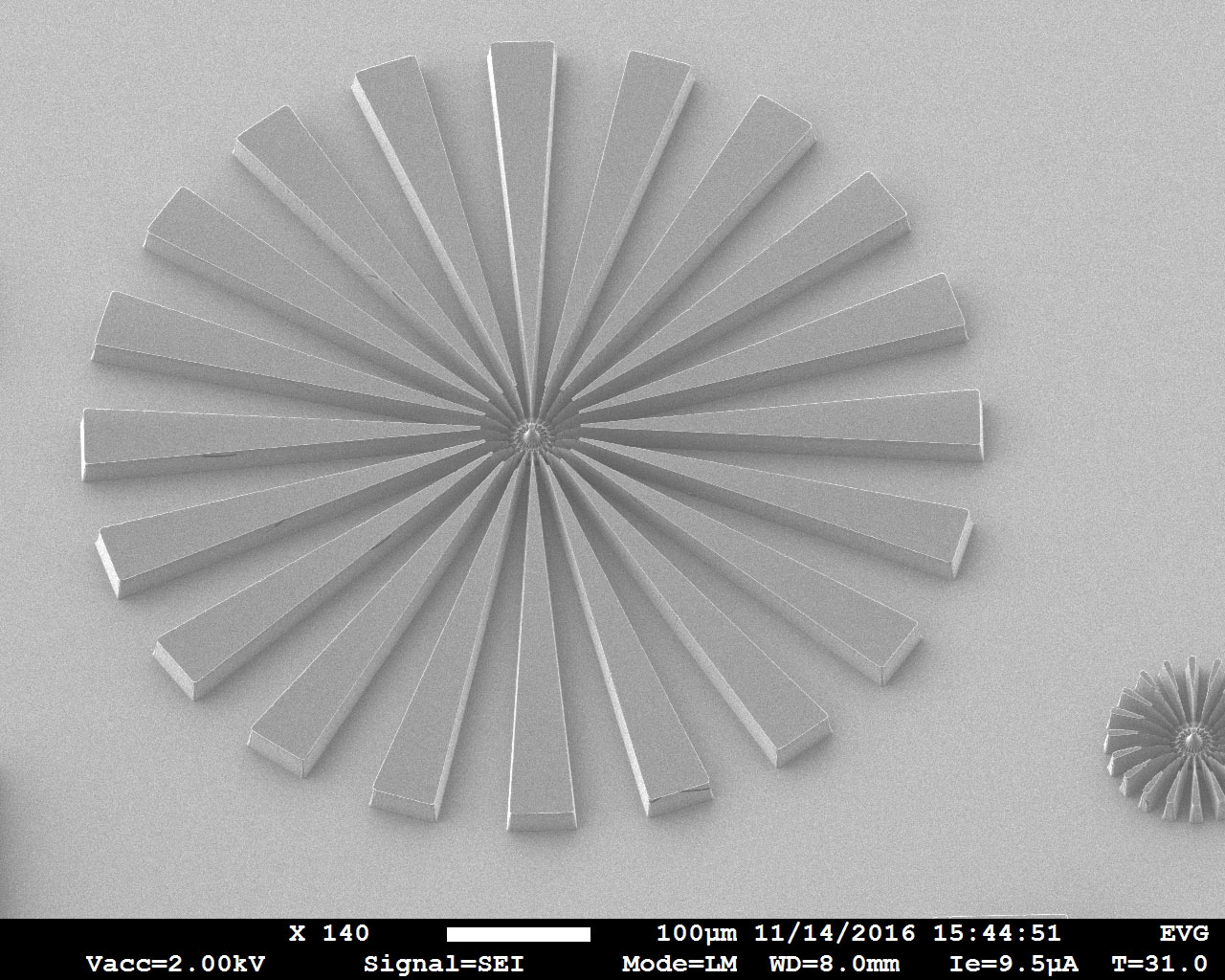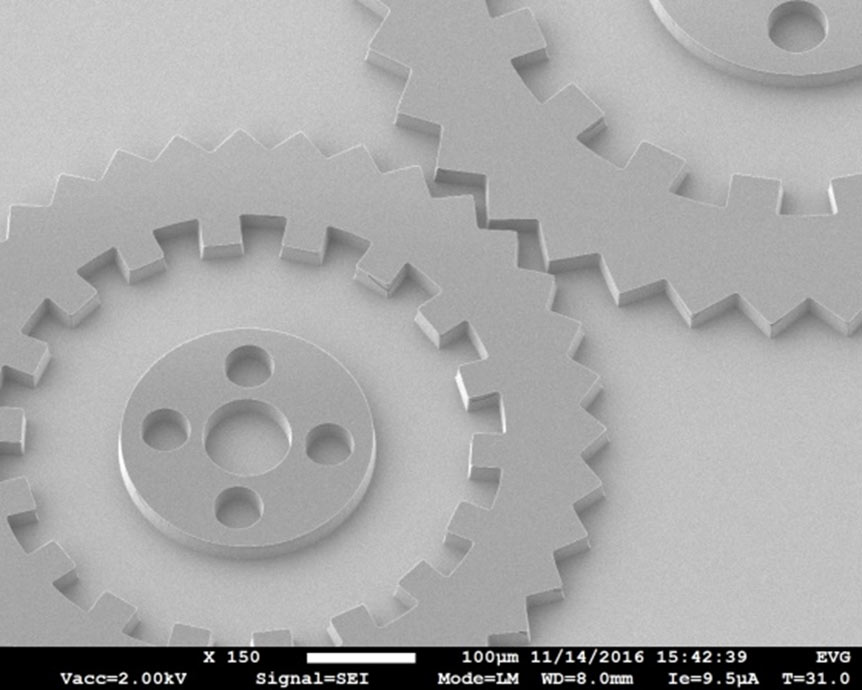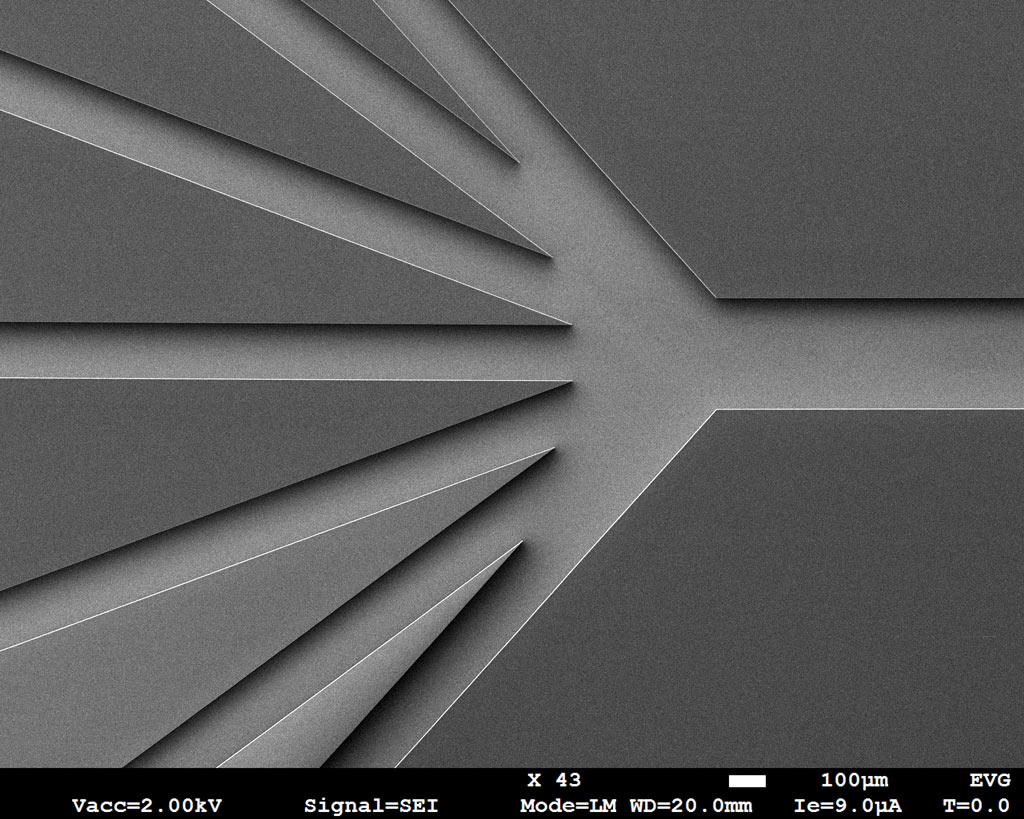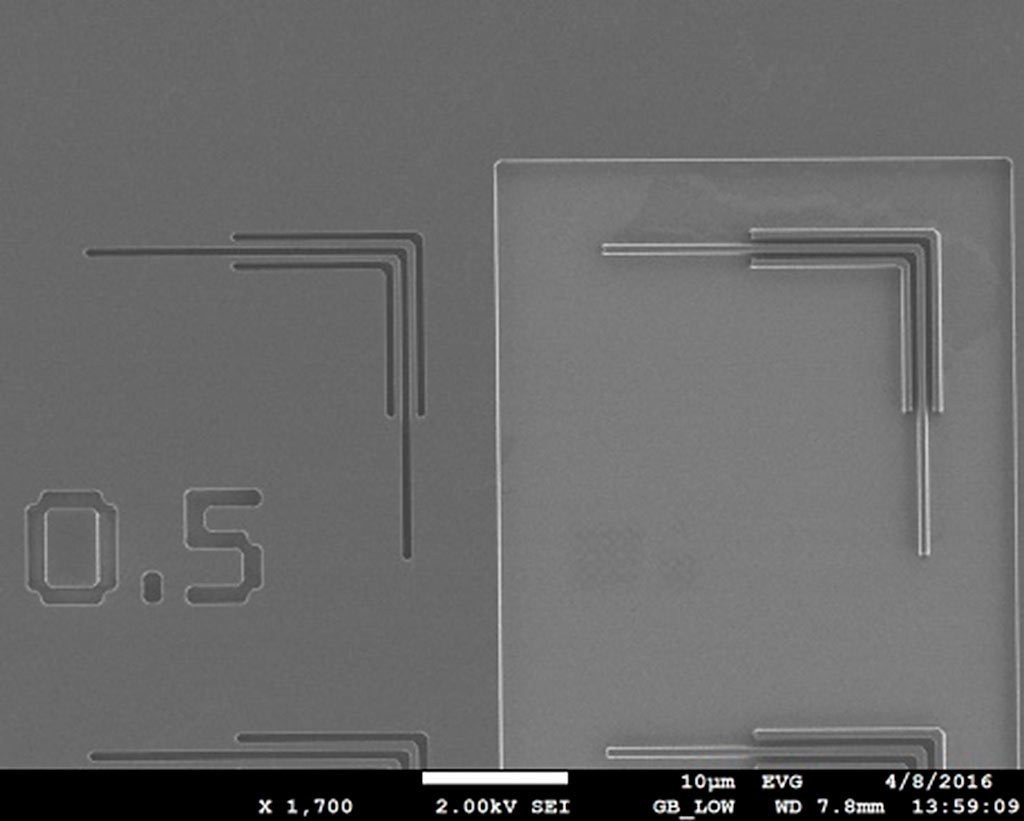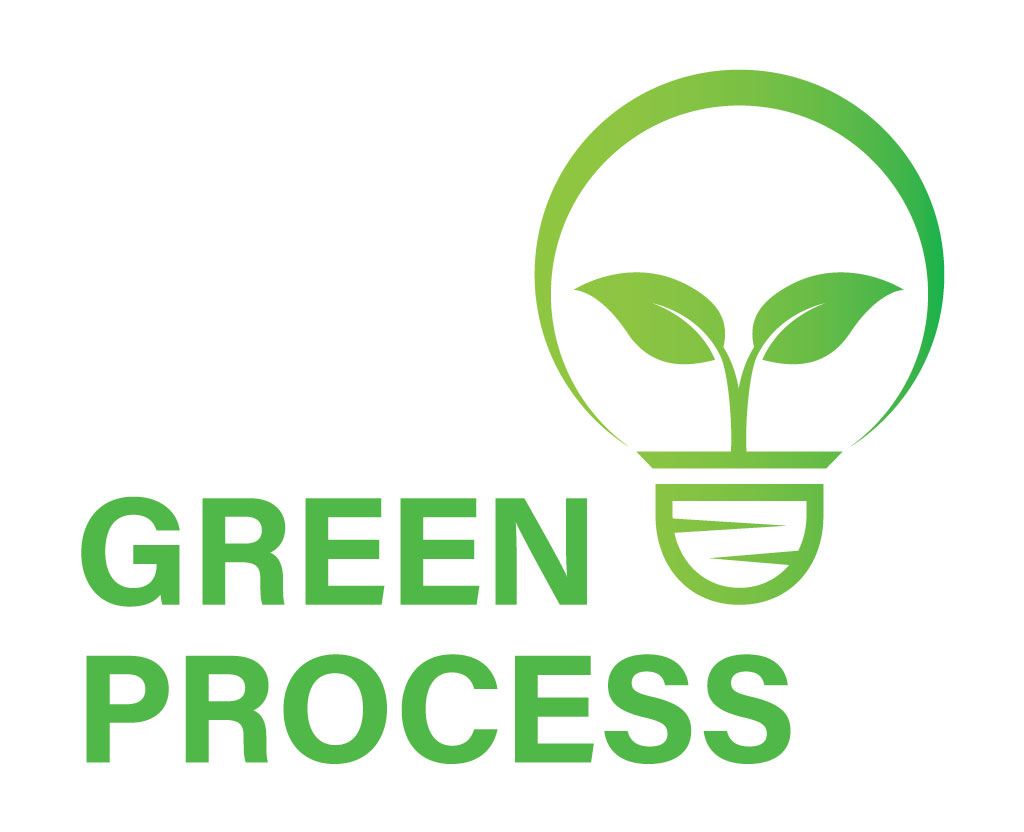UV LED Technology
EVG’s latest enhancement for exposure optics is a UV-LED lamp house setup.
Introduction
LEDs have found widespread utilization in many applications due to their low-energy consumption and long lifetime. However, for many years, mercury lamps were the only light source that could provide sufficient intensity for the requirements of mask aligners. Due to recent improvements in UV-LED technology in combination with well-engineered optics, this solution even surpasses standard mercury lamps with numerous added benefits.
EVG has been evaluating LED technology since 2005, bringing the world’s first functional UV-LED lamp house to the worldwide market in 2006. At that time, UV-LED technology still faced some limitations for manufacturing purposes. In 2016, EVG re-launched its UV-LED lamp house setup as UV-LED technology advanced significantly and overpassed standard mercury light source in many aspects. This technology gives its users much more flexibility for their applications in terms of UV exposure spectrum setup, as spectral lines are individually tunable and special optical filters are no longer required. Furthermore, low-energy consumption and long lifetime are among the UV-LED light source’s advantages, as no warm-up or cool-down phase is required. In addition, LEDs need to be powered only during the exposure process, and the technology eliminates the need for additional facility (exhaust, cooling gases) and lamp changes, which are regularly needed for mercury arc lamps. This ideal combination will not only minimize your running and maintenance costs but also add value with improved operator safety and environmental friendliness. Mercury and its compounds are highly toxic to humans and the environment, therefore special obligations have to be followed such as trained personnel, safety protective equipment for installation, replacements and handling, as well as storage and hazardous toxic waste disposal. The European Union is moving toward a mercury-free economy and thus issued the regulation [2017/852], which forbids production, import and export of the high-pressure mercury vapor lamps for lightning & special purposes as a first step. The United Nations addresses this environmental impact globally with the ‘Minamata Convention on Mercury’, where over 100 parties have already committed to follow this program. The latest UV-LED technology secures safe operation, meaning no risk of intoxication during the regular mercury arc lamp installation, replacements or handling.
Features
- Minimized operation costs
- No regular lamp change requirements by qualified personal
- Clean and sealed lamp house setup
- Minimum facilities requirements (no exhaust or cooling)
- Long life-time of the light source
- Instant on/off
- Spectrum lines are individually tunable
- No additional costs for filters and consumables needed
- No more contamination of the optics
- Recipe controllable user-defined wavelength intensity settings
- Green process
- Mercury free
- Ozone free
- Low power consumption
- No hazardous operation and toxic waste
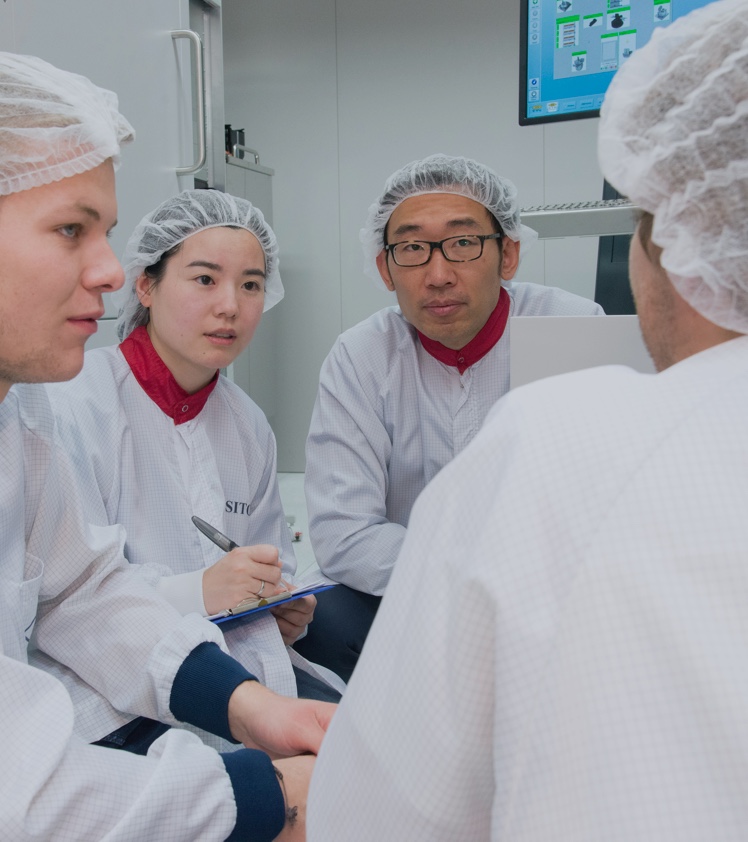
Talk to our EVG technology experts!
Questions?
Questions about our technologies?
Contact the EVG experts

